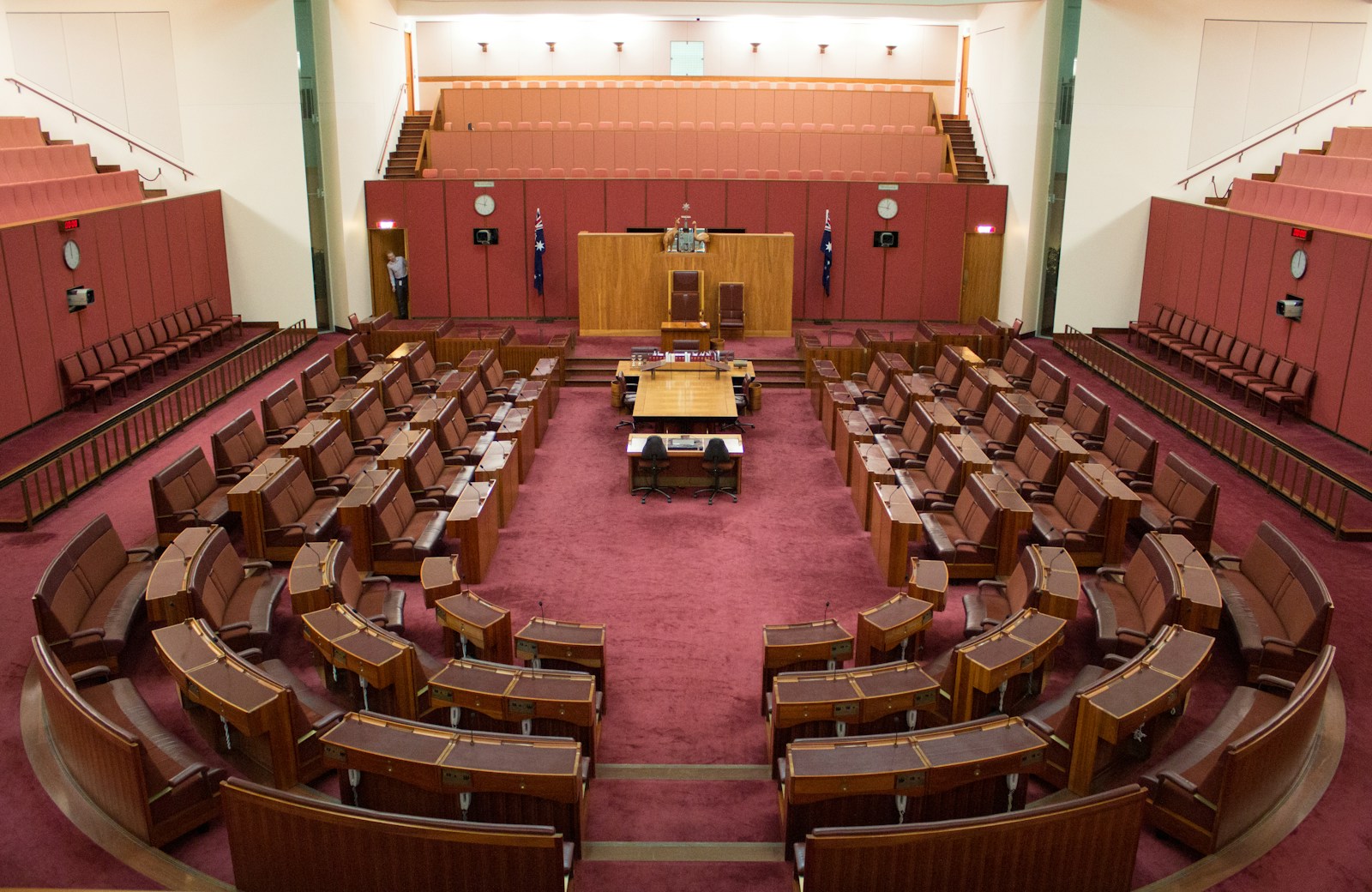Universities need to focus on the serious not the frivolous.
••••••••••••••••••••••••
•••••••••••••••••••••••••
Speaking of frivolous degrees, last week a Senate inquiry into Tertiary Education was held Canberra. The Federal government is finally getting around to pulling Universities into line.
In the lead up to my question, Universities were saying governments should not be involved in education. (They always say this when it looks like they are about to lose funding.)
It’s a bit rich for Universities to argue governments should not tell them what to do when they receive billions of dollars in taxpayer funding and pay no tax themselves.
If they can offer PhD’s on “the intersection of gender and breaking” they are clearly receiving way too much government funding.
Quote from: afr.com
Education and Employment Legislation Committee
06/08/2024
Education Services for Overseas Students Amendment (Quality and Integrity) Bill 2024
Senator RENNICK: Hello guys; how are you going? My questions are for Mr Sheehy, from Universities Australia. How much do universities in Australia actually receive in direct funding from the federal government?
Mr Sheehy: I don’t have the exact numbers because it varies, depending on different programs. There are teaching and learning grants, research block grants and research competitive grants. There’s a whole range of things. I can take on notice what we have, in terms of budget figures, but certainly I would say that international students provide an enormous amount of our overall operational funding.
Senator RENNICK: That’s fine. I just wanted a straight-up answer, which you don’t have. I’ve got figures that show you receive about $10 billion in direct funding, and there is another $10 billion through the «education» loans scheme which is known as HECS. On average, it’s about $20 billion a year.
Mr Sheehy: Senator, $20 billion is a figure that comes to my mind. I will correct you on the second $10 billion though. Last time I checked it was around only $2-plus billion of the—
Senator RENNICK: Okay; it’s not connected with the $10 billion in direct funding. Don’t you think it’s a bit rich to say that we shouldn’t get political when $10 billion of taxpayers funding goes directly to subsidise universities?
Mr Sheehy: This is a sector that teaches more than a million Australian students. It’s a fundamentally important part of Australia’s economic and social success, so it’s right that we get—
Senator RENNICK: Absolutely. Education is a role of government, and it is our responsibility to make sure that we are teaching our children and putting them into the right skill set. Do you not accept that?
Mr Sheehy: I fundamentally agree with you, and I want to see more students going to Australian universities to get the skills they need to compete in an advanced Australian economy.
Senator RENNICK: Well, not everyone needs to go to university—
Mr Sheehy: No, that’s true. But what I would say is that, with the systemic underfunding of our system, we’re reliant on international revenue to deliver those outcomes for Australia.
Senator RENNICK: Okay. Great. Can you also take on notice, if you don’t have it available, how much money you earn from foreign students directly. I don’t want what foreign students earn in Australia; I want to know what foreign students pay to you directly.
Mr Sheehy: Certainly. It’s around the $13 billion mark, but we’ll get a more precise figure for you.
Senator RENNICK: Could you also please provide on notice, if you don’t have it, how many domestic students versus foreign students you’re educating in Australia.
Mr Sheehy: Yes.
Senator RENNICK: Ideally—and this may be starting to draw it down too much—could you also break that down by degree type, if that’s possible.
Mr Sheehy: I will say there are at least a million Australian students in the system, and there are about 311,000 international students in the system.
Senator RENNICK: So it’s about a three-to-one ratio in terms of domestic students?
Mr Sheehy: Correct.
Senator RENNICK: Okay. That’s good to know.






























